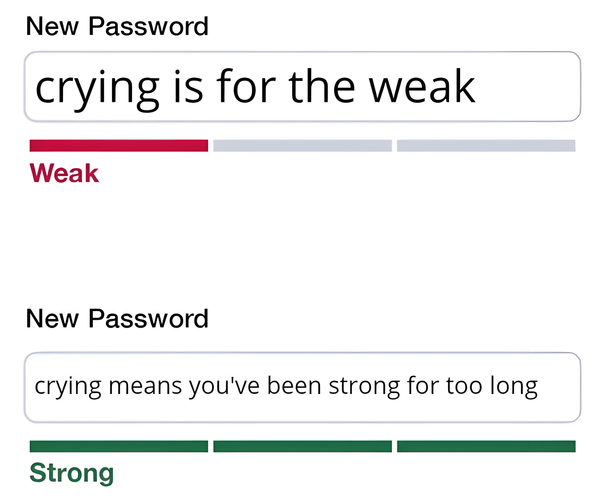Building A High-Performing Team — Chapter 1
Setting the scene

When coaching session fellow leaders, one of the recurring questions I get is about building high-performance teams — so I decided to dedicate a series of newsletter issues to the topic, basically a free course.
But what does it even mean? Every company seems to have their slightly different interpretation. In my book, a high-performing software engineering team is more than a group of skilled individuals. It’s a unit where each member’s strengths are leveraged, weaknesses are supported, and collective goals are prioritized over individual accolades. In such teams, productivity, creativity, and innovation doesn’t just flourish; they are the norm.
Here’s what sets these teams apart:
- Synergy and Collaboration: High-performing teams operate on the principle of synergy – the whole is greater than the sum of its parts. Collaboration isn’t just encouraged; it’s ingrained in the way they work.
- Adaptability and Resilience: In an industry that evolves at lightning speed, high-performing teams are quick to adapt to new customer needs, technologies, methodologies, and market demands.
- A Focus on Results: These teams are characterized by a strong orientation towards results — outcome over output. Goals are clear, and every effort is made to align individual tasks with these objectives.
- Strong Leadership and Vision: Effective leadership is crucial. Leaders in high-performing teams provide direction, inspire, and align the team with the organization’s vision.
Here’s how they make a difference:
- Driving Innovation and Excellence: High-performing teams push the boundaries of what’s possible, driving innovation in products and processes. They set new standards, elevating the entire organization around them.
- Enhancing Productivity and Efficiency: These teams optimize workflows and minimize inefficiencies, leading to faster development times and higher-quality outputs. Their approach to problem-solving is systematic and effective.
- Fostering a Positive Work Environment: High-performing teams contribute to a culture of excellence. Their enthusiasm and commitment often have a ripple effect, inspiring other teams and individuals within the organization.
- Adapting to Market and Technological Changes: In a sector that’s constantly evolving, high-performing teams are adept at navigating and leveraging changes, ensuring the organization stays relevant and competitive.
- Building a Legacy of Success: The achievements of high-performing teams frequently extend beyond the lifespan of individual projects. They lay down the foundations for future successes and help in establishing a strong brand reputation.
As an engineering leader, understanding these elements is the first step in building a team that not only meets the demands of software engineering, but thrives in its challenges.
Characteristics of a High-Performing Team
Let’s wrap up this introduction to the series with listing out some common traits of such teams — I’ll elaborate on each in the upcoming newsletter issues.
- Clear Goals Aligned with Organizational Priorities: High-performing teams know exactly what they are working towards. Their goals are not just well-defined, but are also in sync with the broader objectives of the organization.
- Understanding of Organizational Mission: Team members understand how their work contributes to the bigger picture, enhancing their sense of purpose and motivation.
- Defined Roles and Responsibilities: Clarity in roles prevents overlaps and gaps in responsibilities, ensuring efficient progress towards objectives.
- Effective Communication: High-performing teams communicate clearly and respectfully, fostering an environment where ideas and feedback are freely exchanged.
- Thriving on Feedback: They see feedback as an opportunity for growth, not criticism, creating a culture of continuous improvement.
- Priority Management: These teams are adept at managing their workload based on priorities, which helps in meeting deadlines without compromising quality.
- Alignment and Connection: There is a strong sense of alignment between managers and employees, leading to a unified approach to challenges.
- Trust and Respect: Mutual trust and respect are non-negotiable. They form the bedrock of collaboration and innovation.
- Celebrating Success and Recognizing Contributions: Acknowledging individual and team achievements boosts morale and drives motivation.
- Continuous Learning: High-performing teams are always learning, adapting, and evolving to stay ahead of the curve.
- Balancing Short-term and Long-term Goals: They skillfully balance immediate tasks with long-term strategic objectives, ensuring sustainable growth.
If you know a leader who would benefit from this series, make sure to share this with them and urge them to subscribe!
See you soon, in the first deep-dive!



